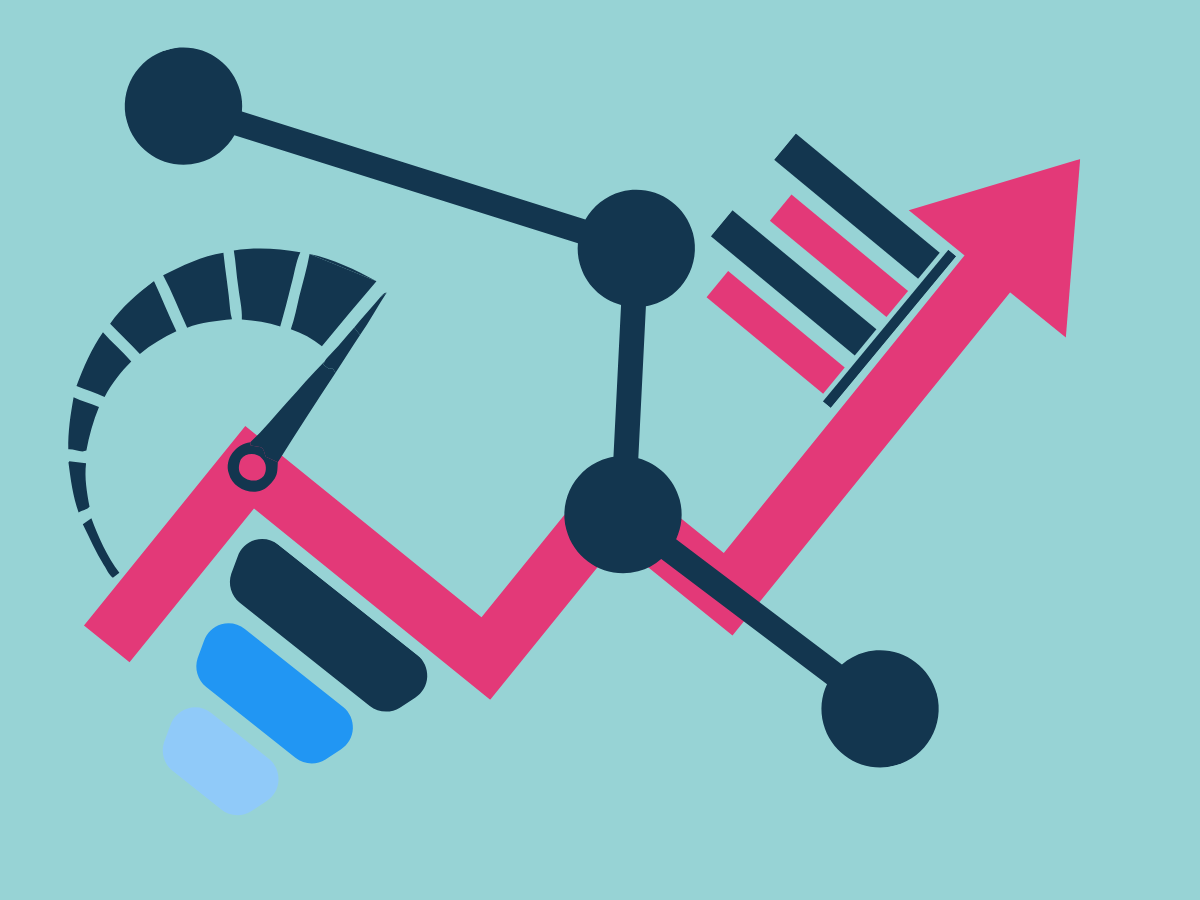Seasonal promotions aren't just for the holidays

Seasonal promotions are the secret sauce to eCommerce success. They boost sales, attract new customers, and keep your existing shoppers returning for more.
Retailers spend a lot of the year preparing for the big seasonal promotions, and there are good reasons.
Why seasonal promotions matter
Seasonal promotions can make or break your revenue targets. According to the U.S. Census Bureau, holiday sales in the United States in 2023 reached a record $964.4 billion, a 3.8% increase from 2022.

This spike in online shopping isn't confined to December—key seasons throughout the year can significantly impact your bottom line.
The power of planning
Planning for your seasonal promotions ensures you don't miss critical sales periods. A well-thought-out strategy can increase conversions and revenue and improve customer retention.
Plus, it helps you coordinate with your marketing and inventory teams, ensuring you have enough stock and marketing materials ready.
Identifying key seasons
Major shopping seasons
Certain times of the year are synonymous with shopping frenzies. Black Friday, Cyber Monday, and Christmas are the big hitters. Black Friday online sales in the U.S. increased by 9% YoY, reaching $16.4 billion (per Salesforce).
Imagine capturing even a fraction of that. Nice.
Industry-specific trends
Your industry might have its unique shopping peaks.
For example, fitness gear often surges in January due to New Year's resolutions, while home improvement products fly off the shelves in spring. Identify these trends and tailor your promotions to align with them.
Key seasonal promotions in eCommerce
When it comes to seasonal promotions in eCommerce, timing is everything. Here are some key events that can drive significant sales:
- New Year sales: As people set resolutions, they often look for deals on fitness gear, self-improvement books, and more. This is a great opportunity to help customers start the year on the right foot.
- Valentine's Day: From gifts for partners to self-care treats, February 14th is big for romance-oriented products. Think stylish gift bundles or personalized items to make it special.
- Spring sales: As the weather warms up, folks feel refreshed and ready to shop for spring fashion, gardening supplies, and home decor. Consider offering promotions around spring cleaning or outdoor activities.
- Back-to-school: Late summer is prime time for parents and students to shop for supplies, clothing, and tech. Offering discounts or bundles can make your store a go-to for this busy season.
- Halloween: The spooky season isn’t just for costumes and candy! Consider promoting clever decorations, themed snacks, or cosmetics for party-goers.
- Black Friday and Cyber Monday: These two shopping days are legendary for their massive sales, drawing in online and in-store shoppers. It’s the perfect time to clear out inventory and launch exciting deals.
- Holiday season: Lastly, the entire month of December brims with opportunities for festive promotions. Gift guides, markdowns on popular items, and free shipping can attract those last-minute shoppers.
Planning seasonal promotions
Creating a promotional calendar
Start by marking all major shopping seasons and industry-specific trends on a calendar. This visual aid will help you see the bigger picture and ensure you’re not missing any opportunities.
Break it down month by month and plan promotions accordingly.
Setting clear goals and KPIs
What do you want to achieve with your promotions? Set specific goals, including increasing traffic, boosting conversions, or clearing old stock.
Key performance indicators (KPIs) like sales volume, average order value, and customer acquisition cost will help you measure success.
Coordinating with marketing and inventory teams
Communication is key. Ensure your marketing team is aligned with your inventory team to prevent stock shortages or overstock situations.
Use inventory management software to keep track of stock levels and avoid disappointments.
Executing seasonal campaigns
Best practices for promoting offers
Use a mix of marketing channels to maximize reach. Email marketing, social media, and your website should all work together.
Personalization is crucial—customers are likelier to engage with offers tailored to their preferences.
Leveraging social media and email marketing
Social media is a powerful tool for generating buzz around your promotions. To increase visibility, use eye-catching visuals, engaging captions, and strategic hashtags.
Email marketing remains one of the most effective ways to reach your audience. Segmented email lists can lead to 14.31% higher open rates than non-segmented campaigns.

Case studies of successful campaigns
Take inspiration from brands that have nailed their seasonal promotions. For example, beauty retailer Face the Future launched RevLifter's offers wallet in time for Black Friday with lots of seasonal offers to improve conversion.
Analyze what worked for them and adapt their strategies to fit your brand.
Measuring success
Key metrics to track
To gauge the effectiveness of your seasonal promotions, track metrics such as:
- Sales Volume
- Customer Acquisition Cost
- Average Order Value (AOV)
- Return on Investment (ROI)
Analyzing the impact on overall sales
Compare your sales data before, during, and after the promotion. Look for trends and patterns that can inform future campaigns. Did you see a spike in new customers? Did your average order value increase?
Use this data to refine your approach.
Seasonal promotion reviews
Once you've wrapped up your seasonal promotions, it’s crucial to take a step back and review how everything went. This reflection helps you understand what worked well and what can be improved for next time.
Start by gathering all relevant data, including sales figures, customer feedback, and engagement metrics from your marketing efforts.
Positive outcomes
Celebrate the successes! Identify which promotions exceeded expectations and why. Perhaps a specific campaign resonated with your audience due to its messaging or the products offered.
Pinpointing these successes allows you to replicate effective strategies in future promotions.
Areas for improvement
On the flip side, don't shy away from examining the less successful aspects of your campaigns. Was there a lack of engagement on social media? Did certain products not sell as anticipated?
Use this information to tweak your approach, whether that involves adjusting your marketing tactics, enhancing product descriptions, or refining your target audience.
Customer feedback
An often-overlooked treasure trove for insights is customer feedback. Reach out to your audience through surveys or direct messaging to gather their thoughts on your promotions.
Understanding their perspective can help tailor future campaigns to better meet their needs and expectations.
Documenting insights
Finally, create a detailed report that documents all these findings. This living document can serve as a guide for your future seasonal promotions, helping you streamline the process and continually refine your strategies.
Recognizing both achievements and challenges is essential for growth and long-term success in eCommerce.
Wrapping it up like a gift
Seasonal promotions are a game-changer for eCommerce businesses. You can drive significant growth by planning, setting clear goals, and executing well-coordinated campaigns.
Start planning your next seasonal campaign today and watch your sales take-off.






